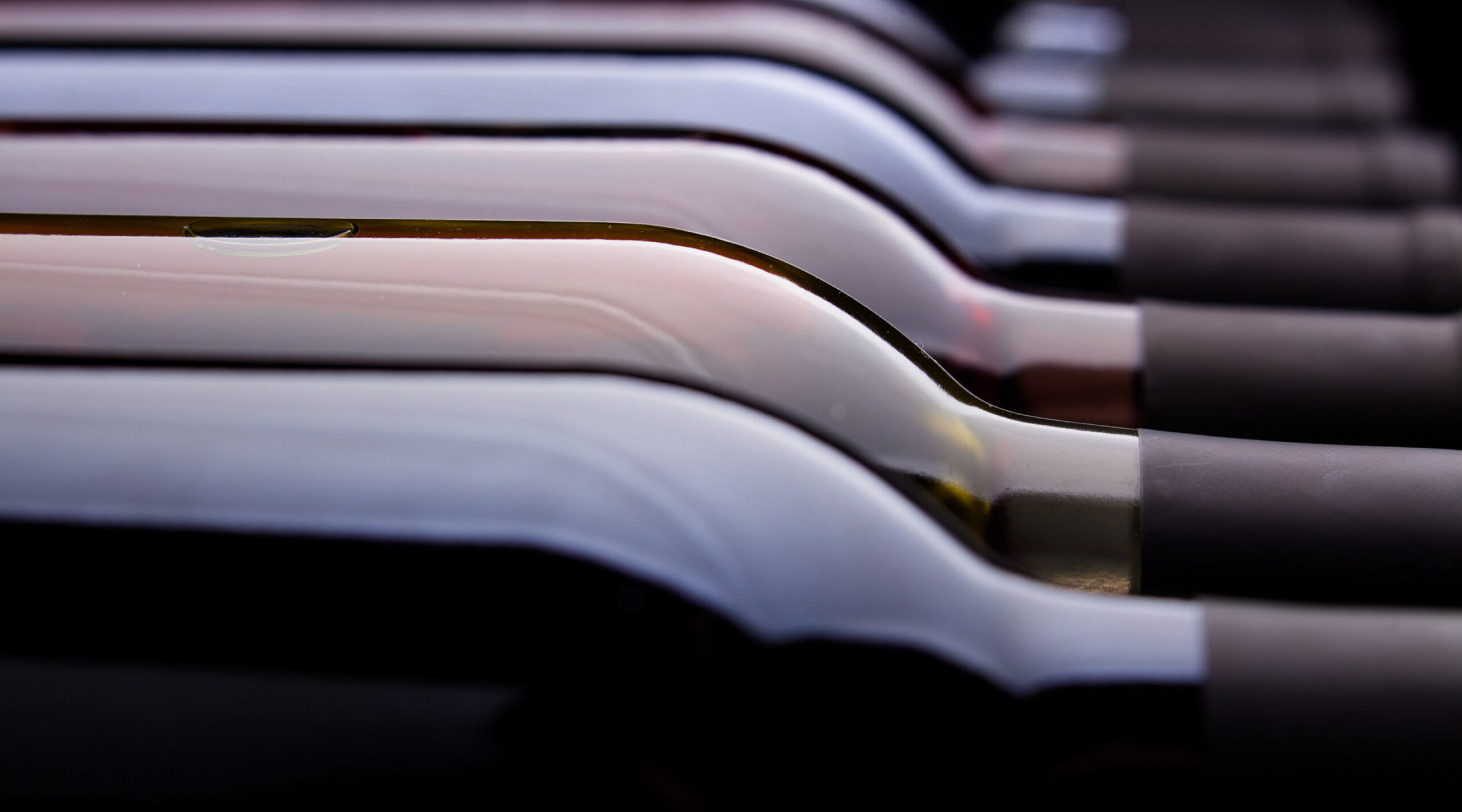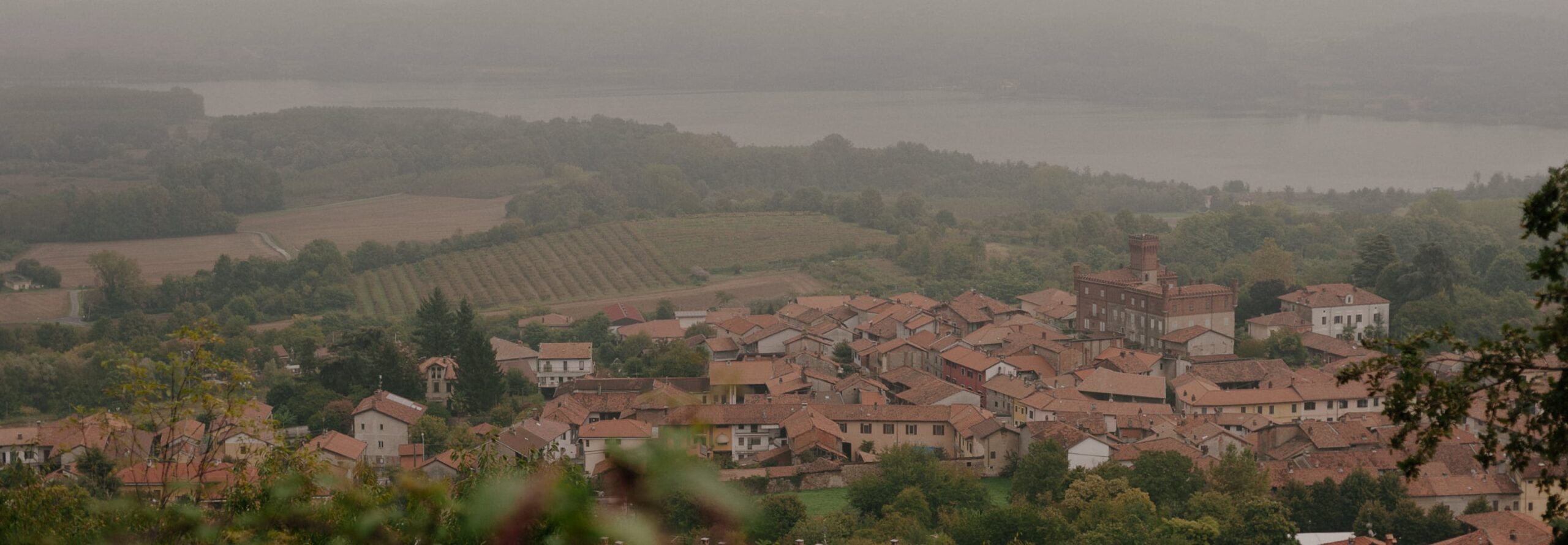When Peter Hahn approached us hoping to find an importer for the Vouvray he produced from his newly-acquired estate, “Le Clos de la Meslerie”, we were impressed by the elegance that this novice vigneron had coaxed from his scant 4 hectares of Chenin Blanc. Even more compelling, his Vouvray captured the unique terroir of its site overlooking the village of Vernou-sur-Brenne, located directly east of the village of Vouvray yet still situated within the appellation. This provides an instructive contrast to the Vouvrays produced by the master Philippe Foreau, our long-time source (30+ years) of this oft-misunderstood and under-appreciated appellation.
The Clos de la Meslerie has a winemaking history that dates back to the eighteenth century, but when Peter Hahn acquired the estate in 2002, no wine had been bottled there for many years and it was in a sad state of disrepair. Peter diligently began renovating the dilapidated chateau and chai (wine cellar), and earned his oenology certificate while waiting for the existing sharecropping agreements on his land to expire. He regained control in 2007 and undertook the herculean task of revitalizing his poorly-tended vineyards. Peter’s care and patience were rewarded with an excellent first vintage in 2008, which received praise on both sides of the Atlantic for its freshness, balance and complex expression of fruits and minerals.
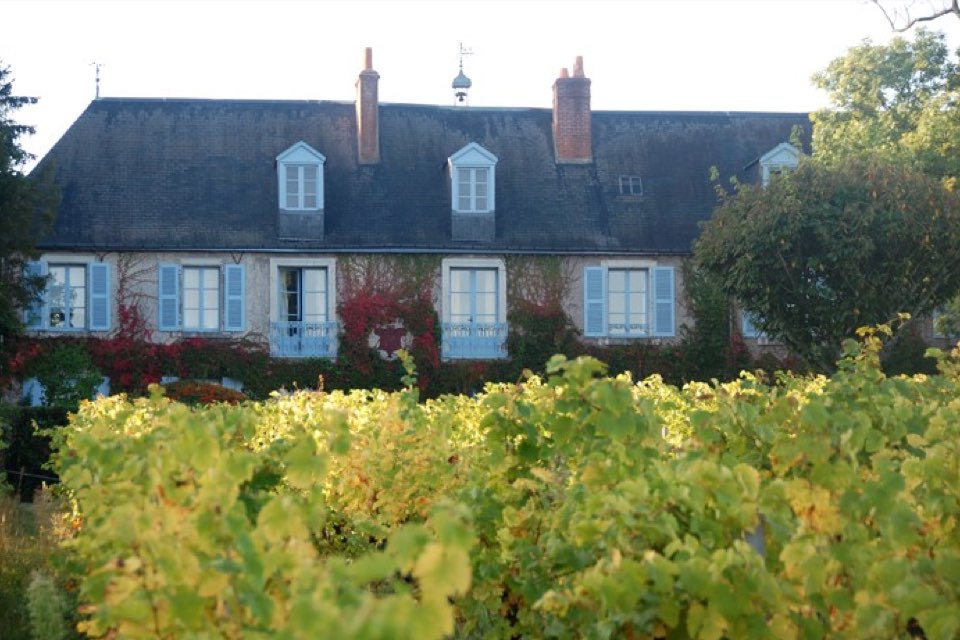
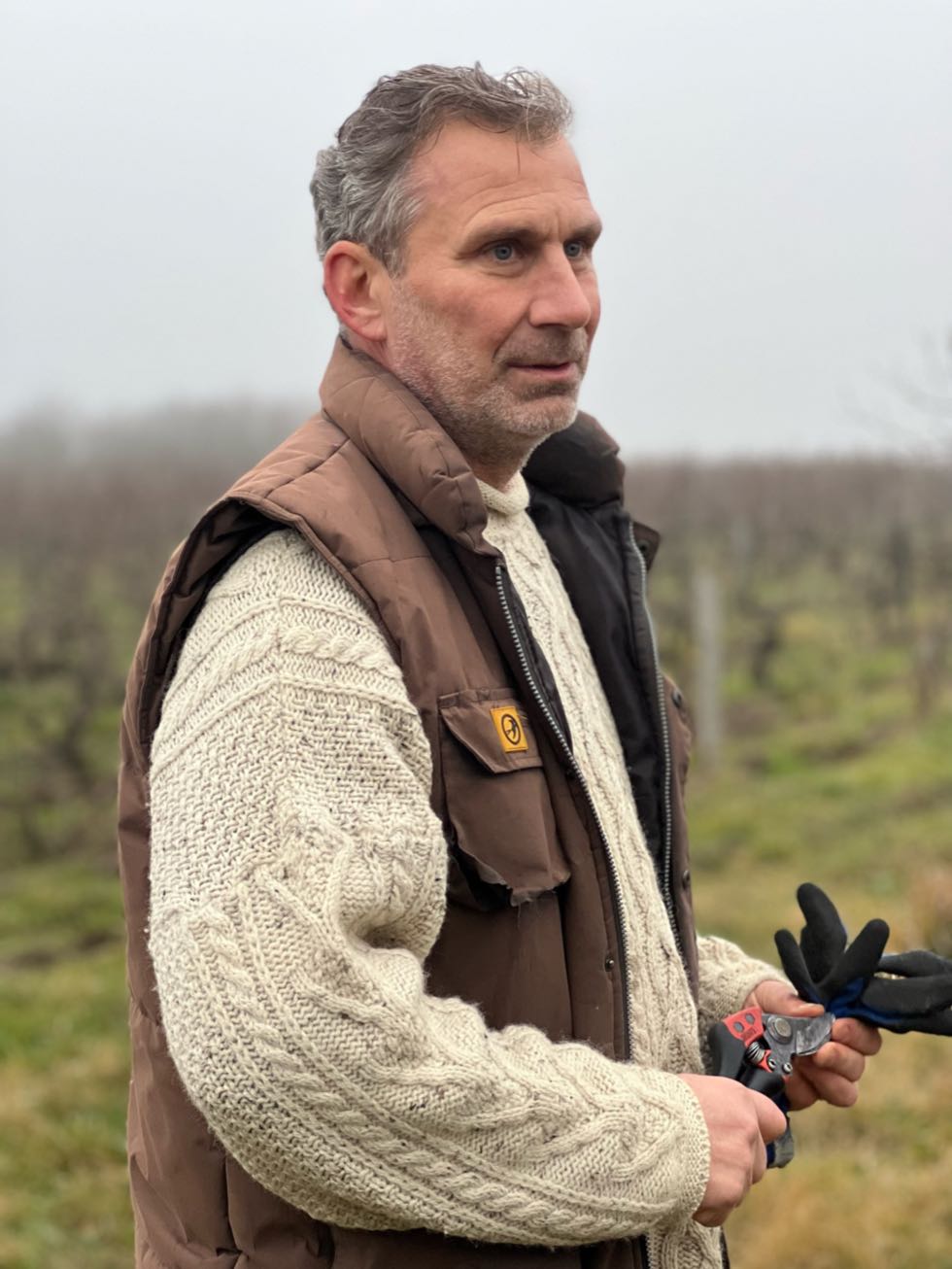
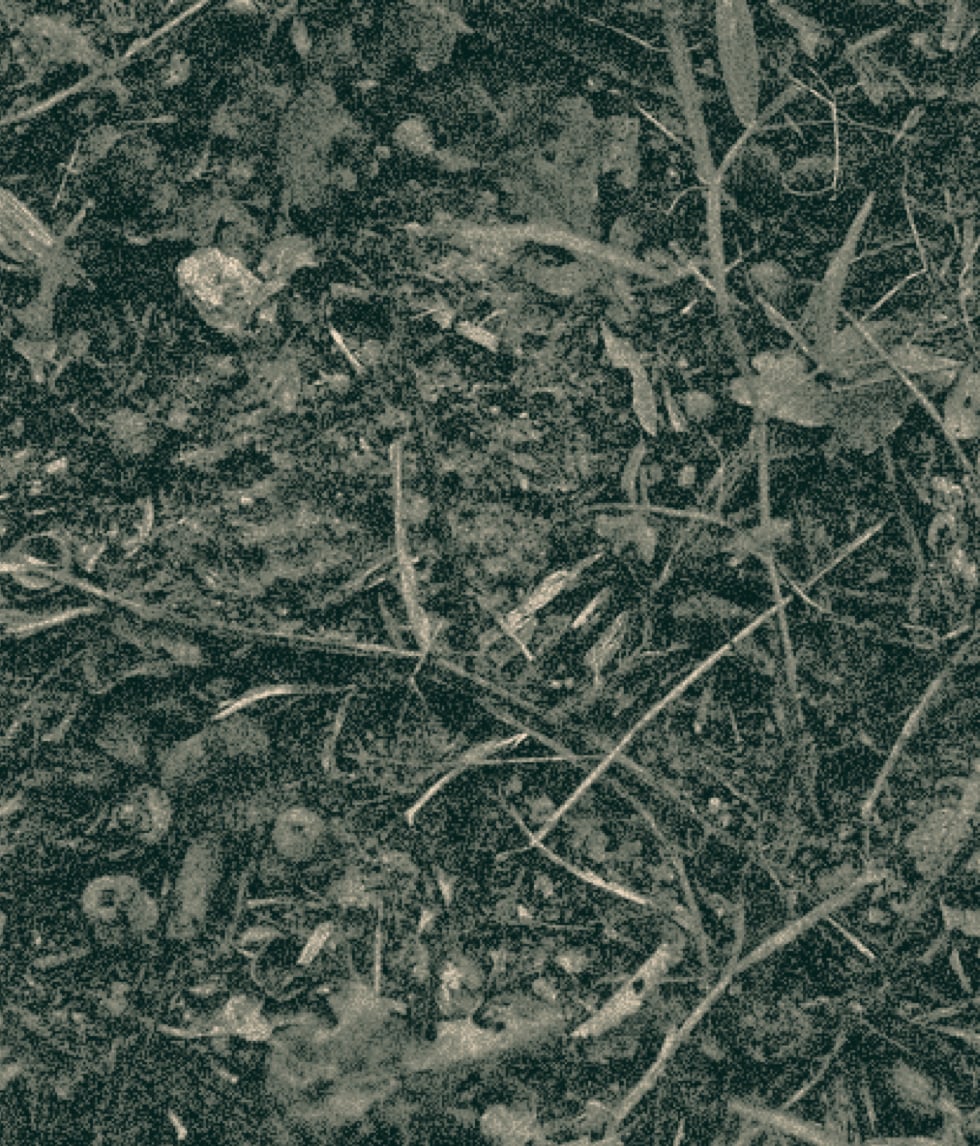
Peter’s care and patience were rewarded with an excellent first vintage in 2008, which received praise on both sides of the Atlantic for its freshness, balance and complex expression of fruits and minerals.
Peter is a passionate practitioner of “natural” winemaking techniques, using organic and biodynamic practices in the vineyards, managing vine and grape growth manually, picking by hand and, most remarkably, using a meticulously restored decades-old basket press which extracts only “first-run” juice from his grapes. The result of this precision and dedication is wine of the very highest quality, true to its appellation and distinctive in its character, which we expect to become even more profound as he hones his craft over the coming years and his vineyards flourish under his strict organic regime.
Farming
Certified organic by Ecocert
Treatments
Copper sulfate only
Ploughing
Annual ploughing to maintain vineyard health
Soils
Flint-rich limestone-clay
Vines
Trained in Guyot and planted at 6,600 vines/ha, vines average 50 years old
Yields
Controlled through severe winter pruning, debudding, and deleafing
Harvest
Entirely manual in a series of tries with severe selection in the vineyard, usually in mid-October
PURCHASING
Entirely estate fruit
Fermentation
Wines ferment spontaneously in 225-l oak barrels (less than 10% new).
Extraction
Wines see bâtonnage a few times each month following fermentation
Chaptalization
None
Pressing
Vertical basket press
Malolactic Fermentation
Blocked by wines’ naturally high acidities
Élevage
12 months in 225-l oak barrels (less than 10% new)
LEeS
Wines remain on their fine lees until assemblage prior to bottling
FINING & FILTRATION
Wines are unfined and filtered with diatomaceous earth.
SULFUR
Applied at pressing and at bottling, with c. 62 mg/l total sulfur

